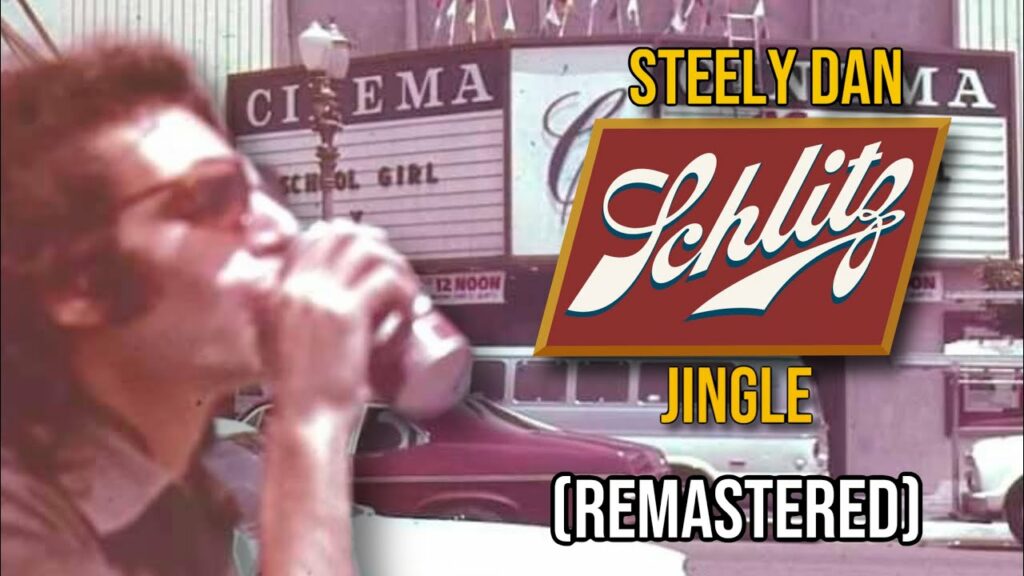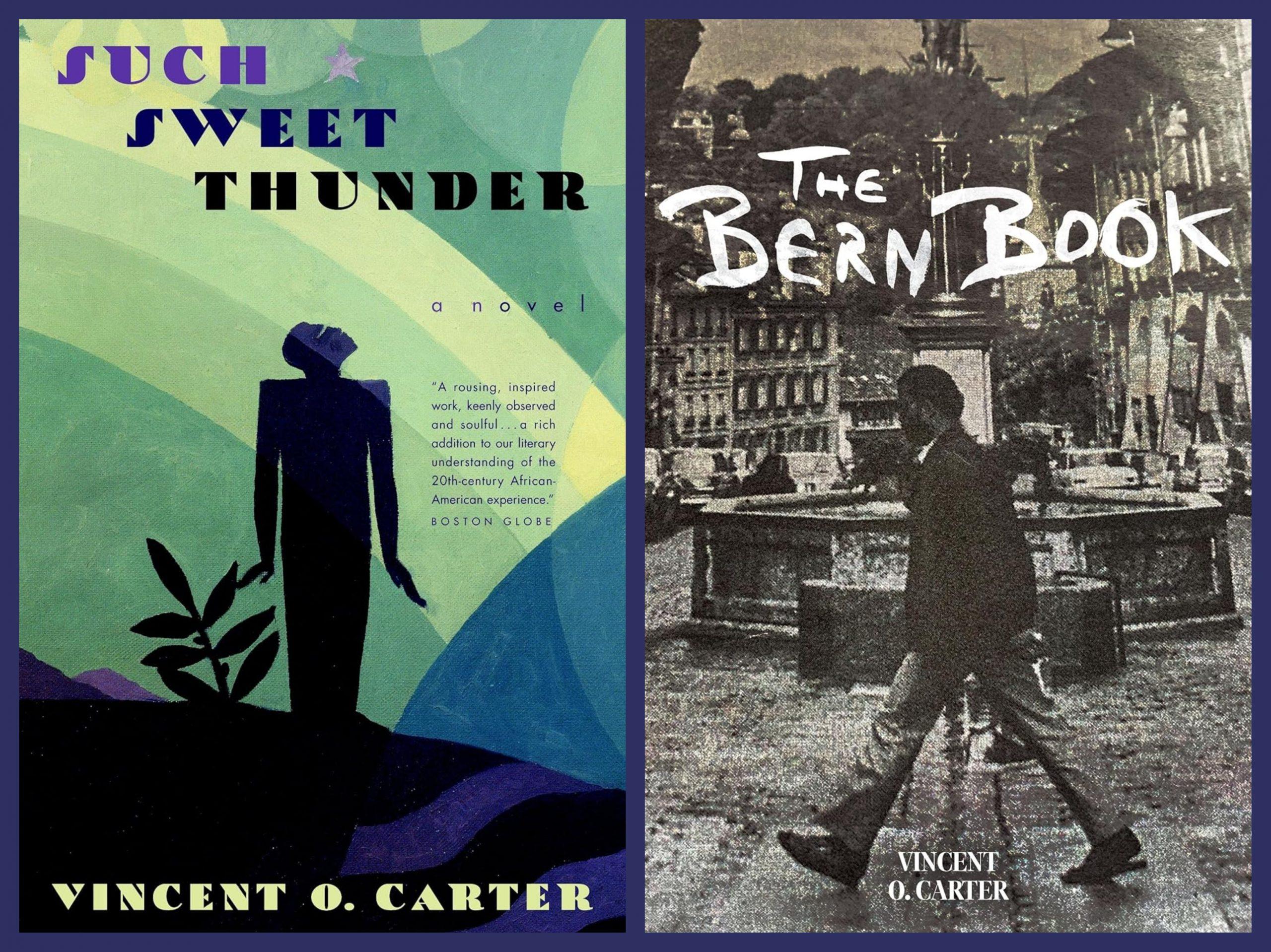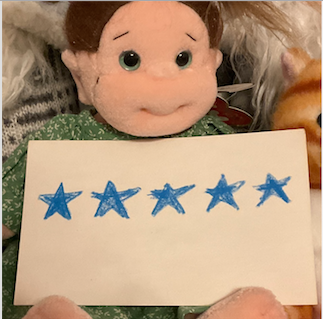BY FRED BLOSSER
Kino-Lorber has released John Frankenheimer’s “The Holcroft
Covenant” (1985) in new Blu-ray and DVD editions, superseding a previous DVD
release on the MGM label in 1999. Frankenheimer fans will be pleased to see
this relatively obscure title available in remastered Hi-Def. Privately, even
they may have to admit that it’s deservedly obscure because it’s a clunker,
marking a sad decline from the excellence of “The Manchurian Candidate” two
decades before. With that 1962 masterpiece, Frankenheimer and scenarist George
Axelrod benefited from superlative source material, Richard Condon’s
razor-sharp Cold War political thriller. “The Holcroft Covenant” was adapted
from lesser stuff, a bestselling but stumble-footed 1972 suspense novel by
Robert Ludlum. Multiple screenwriters are credited: George Axelrod, Edward
Anhalt, and John Hawkins. The problems with the movie suggest a combination of
Ludlum’s lame storytelling to begin with, additional troubles in trying to turn
the rambling, 528-page potboiler into a leaner, 100-minute-long movie, and
questionable choices by Frankenheimer himself.
Noel Holcroft, a German-born New York architect, learns that
he is the main trustee of a covenant drawn up 40 years before, in the last
hours of the Third Reich, by three officers of the Nazi High Command. One of
the officers, General Clausen, was Holcroft’s father. Once it’s signed by
Holcroft and the children of the other two officers, the covenant will release
$4.5 billion from a secret Swiss account, a fortune accrued over four decades
from Nazi funds diverted by the three officers during the war. Clausen’s
posthumous directive specifies that the trustees are to spend the fund for
beneficent purposes, to atone for Hitler’s atrocities. Holcroft must locate the
other trustees — the son and daughter of General Tiebolt and the son of
General Kessler — so that the covenant can be activated. His mother Athene
(Lilli Palmer), who had fled Clausen and Germany early in the war, cautions
Holcroft to walk away from the arrangement because his father couldn’t be
trusted and neither can the directive: “He was a Nazi through and through.” But
Holcroft idealistically proceeds anyway, joining in Berlin with the Tiebolt
brother and sister, who have taken the name Tennyson, and the Kessler son, a symphony
conductor now calling himself Maas. Mysterious characters enter the story in
Zurich, New York, London, Berlin, and finally Zurich again, seemingly intent on
derailing the covenant, as bodies begin to pile up around Holcroft.
Did I mention that Holcroft is played by Michael Caine,
because, well, if you need an actor to play a German-born New Yorker, you want
Michael Caine? As Frankenheimer notes in a director’s commentary track repeated
from the 1999 DVD, the “New York” scenes in the film were actually shot in
London, so why not simply transfer the phony U.S. setting to the U.K., ignore
the character’s New York upbringing from the novel, and make him a German-born
Londoner to match Caine’s accent? Reportedly, Caine was a last-minute
replacement for James Caan, who walked off the movie, so Frankenheimer may not
have had time even for minor script adjustments. A good trouper, Caine honestly
appears to invest a lot of energy in the part, accent aside. But it hardly
matters because Holcroft is a dolt who does anything he’s asked to do without a
second thought, no matter how inconvenient, nonsensical, or dangerous. Drop
everything and fly to Zurich at the behest of a total stranger who claims to be
a representative from an international bank? Wouldn’t you? Hop over to London
at the request of another total stranger and agree to meet yet a third stranger
in Trafalgar Square at 5 p.m. tomorrow? (“And don’t look for him. He’ll find
you.”) Sure, why not. Rendezvous at a church with a mysterious woman in a bad disguise,
and then hide out with her in a sleazy Berlin brothel to avoid the bad guys?
I’m on it.



